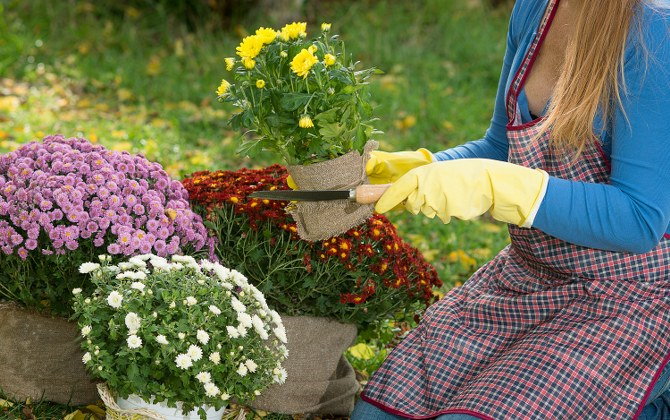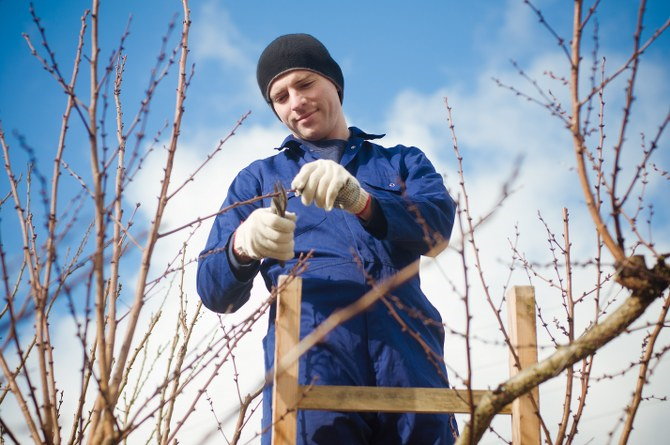Seasonal Plants: How to Garden by Season
Posted on 19/10/2020
Seasonal Plants: How To Create A Four Season

To get the best results of a garden, it is important to pay attention to the seasons as weather can have a considerable impact on garden maintenance and growth. Each season needs different types of care for plants and some plants are more suited to certain climates. This article is a rough guide on how to care for your garden season by season and get the most out of your plants all year long.
Summer
When the weather is warmer and the sun is at its strongest, it is still possible to have a flourishing and functioning garden. The key to taking care of your garden during summer is adequate watering for reliable gardening. To get the most out of watering your plants, do so in the morning and evening. Don’t water plants during the day when the sun is at its peak as the water can act like a magnifying glass effect on the leaf and plant foliage and burn through.

Add some nutrients such as seaweed or potassium to the water so that the plants don’t become mineral deficient. It is also a good idea to aerate soil so that it soaks up the water and retains moisture better. This is important for good lawn care and lawn maintenance.
Spring
This is undoubtedly the best time of year for your garden to come alive. During this time, fruit trees flower, buds flourish and the soil warms up enough for planting of new annuals. Because there is so much growth happening in spring, it is a recommended time to fertilise the garden which helps with garden maintenance.

Try to avoid high nitrogen fertilisers that promote soft and sappy plant growth. Rather, use slow releasing organic fertilisers such as chicken and cow manure to make the soil rich and healthy.
Autumn
As the weather cools down slightly, it is an ideal time to plant herbs. Culinary herbs such as parsley, dill, coriander and chives grow at an optimum rate at this time and perfect to start growing in preparation for winter.
With all the autumn foliage falling from the trees, this will be perfect starting garden compost. Layer the compost with vegetable scraps from the kitchen and add the leaves to create an enriching fertiliser to keep soil healthy as the weather gets colder.

Autumn is also a recommended time for pruning and trimming summer perennials. Plants that blossom over summer begin to tire and wear out in autumn so need to be cared for. Cut off any dead plant materials and remove flowers that look old and weary. It is not a good idea to put dead or diseased plants in the compost; they should be put in the bin.
Winter
As the cold hits, you need to protect your garden and plants from frost and chilly wind factors. For very cold areas prone to snow, it is suggested to have a greenhouse or cold frame. Flowers and vegetables do need to be covered, but the covering shouldn’t touch. Do not wrap plants in plastic as this can damage the foliage. Rather a material covering a few inches above the plant, secured with stakes, is ideal to protect them from wind and rain.

Ensure the soil is well maintained and fertilised regularly during the colder months. This will keep the roots and buds healthy for spring time blossom and planting new seedlings. Keep in mind that winter can be ideal for growing certain vegetables such as lettuce, cabbage and potatoes so these are good to have planted in the garden.




